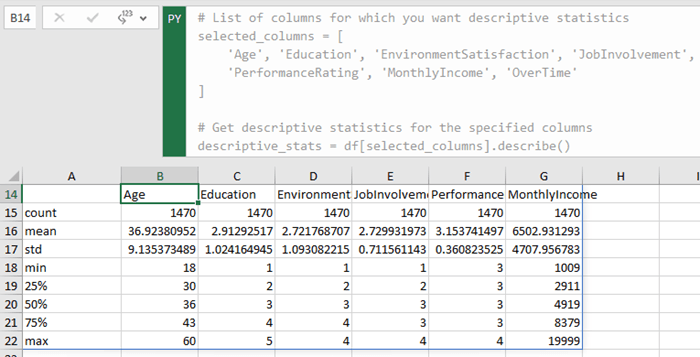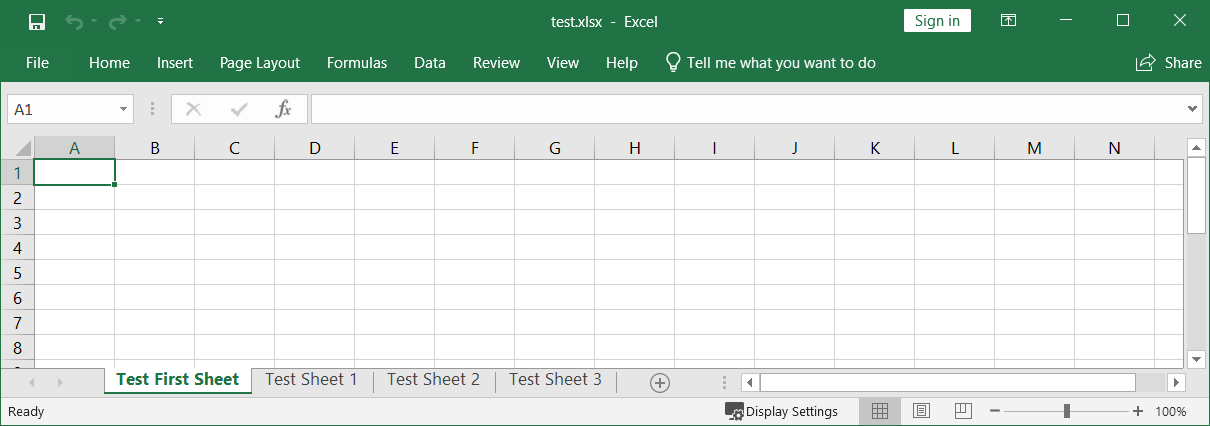5 Python Tips for Editing Excel Sheets Easily

If you're working with data, you've likely encountered the need to manipulate Excel spreadsheets. Python has become a powerful tool for Excel users due to its versatility and the available libraries that simplify Excel operations. In this article, we'll explore five essential tips for editing Excel sheets effortlessly with Python, enhancing your productivity and data manipulation capabilities.
1. Utilize Openpyxl for Advanced Excel Manipulation

Openpyxl is a Python library specifically designed to read from and write to Excel 2010 xlsx/xlsm/xltx/xltm files. It allows you to perform a variety of tasks including:
- Creating new Excel files
- Reading, updating, and writing cell values
- Styling cells and adding charts
Here's how you can get started:
import openpyxl
# Load workbook
wb = openpyxl.load_workbook('example.xlsx')
# Select first worksheet
ws = wb.active
# Modify a cell
ws['A1'] = 'Hello, Excel!'
# Save the workbook
wb.save('modified_example.xlsx')
👉 Note: If your Excel files are in the older .xls format, consider using the xlrd and xlwt libraries for reading and writing.
2. Automate Bulk Editing with Pandas

Pandas is not just for data analysis; it’s incredibly efficient for bulk data manipulation. Here’s how you can use Pandas to edit Excel files:
- Reading an Excel file:
import pandas as pd
df = pd.read_excel(‘data.xlsx’, sheet_name=‘Sheet1’)
df[‘New_Column’] = df[‘Column1’] + df[‘Column2’]
df.to_excel(‘new_data.xlsx’, index=False)
This method is particularly useful when dealing with large datasets or when you need to apply complex data transformations.
3. Work with Formulas in Excel

While Openpyxl and Pandas allow data manipulation, sometimes you might need to include Excel’s built-in functions. Here’s how:
from openpyxl import Workbook
from openpyxl.utils import get_column_letter
wb = Workbook()
ws = wb.active
# Assume we have values in A1 and B1
ws['C1'] = '=SUM(A1:B1)'
wb.save('sum_formula.xlsx')
Pandas has a similar functionality through its to_excel() method with engine='openpyxl' and allowing for formulas in cells.
4. Handle Date Formats Correctly

Dealing with dates in Excel can be tricky because Excel stores dates as serial numbers. Here’s how you can manage them:
- Reading dates with Openpyxl:
from openpyxl import load_workbook from datetime import datetimewb = load_workbook(‘data.xlsx’) ws = wb.active
for row in ws[‘A1’:‘A10’]: for cell in row: date_value = cell.value if isinstance(date_value, datetime): print(f’Date found: {date_value}‘)
pd.read_excel(‘data.xlsx’, parse_dates=[‘Date_Column’])
5. Conditional Formatting

Excel’s conditional formatting is a visual way to highlight important data. While it’s not directly supported by Pandas, Openpyxl does offer this functionality:
from openpyxl import Workbook
from openpyxl.formatting.rule import ColorScaleRule
wb = Workbook()
ws = wb.active
# Apply conditional formatting to cells A1:A10
ws.conditional_formatting.add('A1:A10',
ColorScaleRule(start_type='min', start_color='FFAA0000',
end_type='max', end_color='FF00AA00'))
These five Python tips provide a foundation for editing Excel sheets efficiently. Whether you're looking to automate repetitive tasks, perform complex data analysis, or simply make your Excel manipulations smoother, Python offers an array of tools to make these tasks easier.
Embracing these tips can significantly speed up your workflow, reduce errors, and enable you to handle large datasets with ease. Remember, the key to mastering these tools is practice and exploration, so don't hesitate to experiment with these methods in your next Excel project.
What’s the difference between Openpyxl and Pandas for Excel?

+
Openpyxl provides more control over Excel-specific features like styling, conditional formatting, and chart creation. Pandas, on the other hand, excels at large-scale data manipulation and analysis, making it ideal for bulk operations and data transformation.
Can I use these libraries for Excel files on a Mac?

+
Yes, both Openpyxl and Pandas work on Mac computers, provided Python and these libraries are installed.
Are there performance issues when dealing with very large Excel files?

+
For extremely large datasets, you might run into memory constraints. However, libraries like Pandas and Openpyxl are optimized for efficiency, and they also support reading data in chunks which can mitigate performance issues.



